I returned to Islamabad recently, after a long absence, and was able to look at the city, once again, with a tourist’s eye. Before I get used to it and start taking everything as given, I thought, I should put down my impressions about the city: the good, the bad and the ugly.
First, the good. (The bad and the ugly will come in subsequent posts).
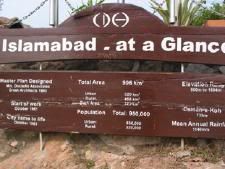

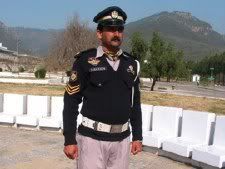
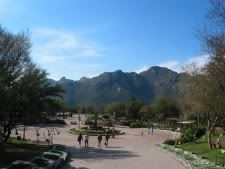
For those not familiar with Islamabad, when the city was built, in the early 60s, its various localities, or sectors as they are called, were given meaningful and interesting names like Mehran, Shalimar, Ramna etc., each name from a different province of Pakistan. For some inexplicable reasons, these names went out of use and were replaced by impersonal, and rather bureaucratic, names like E, F, G, H and I, which are further divided into 1, 2, 3 and so on. That is why you hear of E -7, F-6, F-7 or G-6, G7, G8, etc. I think it was Khalid Hasan who once said that the addresses in Islamabad sounded like computer commands. How true!
E and F sectors are closest to the Margalla hills and therefore considered more “prestigious†while I sector is farthest from the hills and closer to Rawalpindi. There is a running joke in Islamabad according to which E sector is for the Elite, F is for First class citizens, G for General public, and I for Idiots who think they live in Islamabad but, in fact, they live in Rawalpindi. Obviously, it is one of those classist jokes that are found in most cities all over the world.
I have also heard the comment that Islamabad is a city without soul (whatever that means). Also, that it does not have history, architecture, and culture like Lahore and does not have the quick pulse and energy like Karachi. Probably all this is true. But Islamabad has something that more than makes up for all such deficiencies. It has geography! Geography that is difficult to match by any other city of Pakistan or, for that matter, by most capitals of the world.
By geography I don’t mean elevation above the sea level, which in Islamabad’s case, incidentally, is a healthy 1700 feet. Nor am I talking of its latitude, which is 330 something – same as Atlanta, Georgia or Long Beach, California. It is Islamabad’s proximity to the Margalla hills that makes it a unique and a beautiful city. The city is so close to the hills that, on clear days, it seems as if you could touch them. They provide such a spectacular backdrop! Not only that, the hills also provide the numerous wooded trails for trekking and picnic spots. Plus, and this is a big plus, because of the hills, its elevation and latitude, the city has a cool, crisp and comfortable climate for 6 months of the year, and guaranteed clear blue skies for 5 days a week – on average, that is.
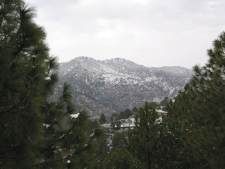
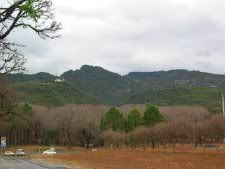
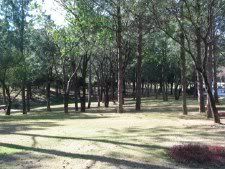
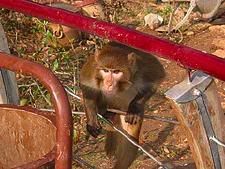
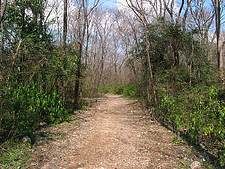
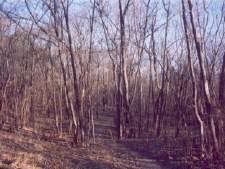
And, as if for embellishment, the Margalla hills occasionally wear a light coat of snow, some say every 7 years. The last time it snowed on the hills was in 2004. It looked spectacular and lasted long enough for me to drive to Pir Sohawa (25 minutes) and take a few pictures. And yes, unlike Karachi or Lahore, the city never gets swamped after rain even though it rains pretty heavily at times (45 inches annually).
The hills are also a haunt for wildlife. It’s not uncommon to see monkeys coming out of the woods in the morning, crossing the Hillside Street in sector E-7, and sometime even jumping over the boundary walls of the houses in search of food. At night wild boars and jackals freely roam the wooded areas of the city scavenging for food. It makes Islamabad one of the few capitals of the world, if not the only one, where humans and wildlife coexist peacefully.
By Pakistani standards, Islamabad has excellent infrastructure – good roads, dependable electricity and telephone service. Above all, it is green, clean and free of the chaos seen in many of the Pakistani cities.
Talking of chaos, Islamabad has got itself new traffic police, which looks good – and is good. Unlike its sleazy and sloppy predecessors, the new police are serious, professional and polite. And they seem to manage the traffic pretty well. (I hope it stays that way).
Islamabad does not have shopping malls or large department stores — (yet!). It has interesting markets or bazaars in each sector, which resemble more like the old Middle Eastern souks. They are convenient and can be fun to visit, particularly in winters in the evening. The young Afghan boys frying potato chips (French fries), roasting peanuts or popcorns or preparing tikka kebabs in their tiny stalls or selling beads and trinkets on pushcarts in front of IT stores and video shops present a delightful mixture of old and new. The bookstores sell an amazing variety of books, ranging from Barack Obama’s new book The Audacity of Hope to Reading Lolita in Tehran to Behishti Zewar by Maulana Ashraf Thanvi.
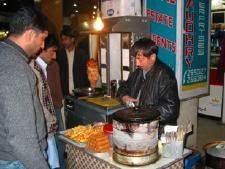
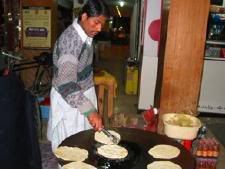
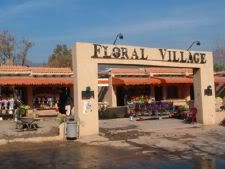

The purpose-built flower markets in sectors F-6 and F-7 are not only convenient but delightful places to visit. And they are not expensive. A stem of gladiolas costs only 10-12 rupees as opposed to 2 to 3 dollars in New York. But if you betray an “Amreeka-palutt†demeanor you might have to pay more.
One of the greatest pleasures of living in Islamabad, that is, if you love outdoors and nature, is being able to go trekking in the Margallas. There are numerous trails leading to different peaks. Walking through the woods, especially in spring or early summer, and listening to the silence of the forest, broken only by bird sounds or an occasional rustle in the bushes caused by a surprised fox, can be an intoxicating experience. Wild fragrance of acacia, pine trees and sanatha shrubs pervades the air. I tell my friends that you could get a “high†on forest fragrance. Some jokingly suggest that the “high†I am talking about probably comes from the marijuana that grows wild and in abundance in the woods of Islamabad.
There is even a purpose-built and dedicated biking track going through a wooded area. But I have not seen many people biking on it. I guess there are certain things “self-respecting†Pakistanis won’t do. Biking is one of them. (Carrying anything heavier or larger than a briefcase is another.) It’s a cultural thing, I guess.
Another fun place to visit is Daman-e-Koh, a picnic spot at a height of 2,400 feet above sea level, but only 10 to 15 minutes drive from the city. Daman-e-Koh was always there with its white dome visible from everywhere in the city. The dome belonged to, and still does, a restaurant that served indifferent food. But recently the place has been transformed, thanks to the Capital Development Authority (CDA), into a delightful picnic spot, with a nicely landscaped park furnished with plenty of benches, paved paths, and decent and fairly clean public toilets (something uncommon in Pakistan) and a generous car park.
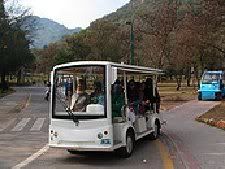
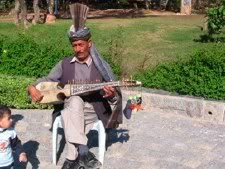
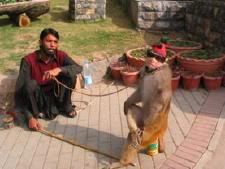
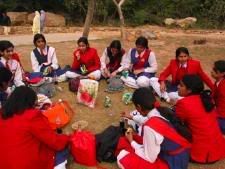

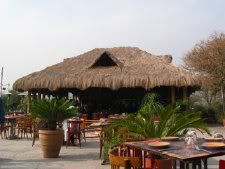
For amusement, you have golf carts that take picnickers for a short ride around the park. You also have the usual Bandar walla, his monkey in a cap greeting the visitors. Also, there is (this is unusual) a Pathan musician in his flamboyant kulla serenading the visitors with his rubab (a string instrument). People seemed to be more attracted by his presence than by his music.
Instead of one restaurant, Daman-e-Koh now has three: an upscale restaurant named Café Lazeez, the old domed restaurant now improved and moderately priced, and a fast-food restaurant. Cafe Lazeez is built as a thatched hut with a large open terrace that has a fabulous view of Islamabad, the Rawal Lake and the surrounding mountains. Eating here, at this height, is somewhat like eating in the restaurant on Eiffel tower, in Paris. The difference is that tikkas and sheesh kebabs (reshmi kebabs, as they call them) at Cafe Lazeez are out of this world. Not being a great meat eater myself, I ordered the only two vegetarian dishes on the menu that day: paneer palik and masoor ki daal, served with fresh rotis from a tandoor. I cannot wait to go back there again. The bill for two persons? Rupees 600 including tips! Only US 10 dollars! The lack of a glass of wine that you would get on Eiffel Tower is made up by the incomparable desi food and, as I said before, the forest fragrance!
Note: The bad and the ugly will come later in a separate post. All photographs are by the author.



















































i think it is a best post to describe the beauty of Islamabad.
daman koh is an awesome place which people not able to go murree i suggest visit islamabad. See Facts about Pakistan https://urdutalkshows.org/facts-about-pakistan
i see that you wrote this is 07. what a delightful post – you know islamabad is a mystery to a lot of us (westerners?) and you have presented such a charming and exciting reality. i’m not sure i want to read the bad and the ugly, but your comments are so interesting – thanks